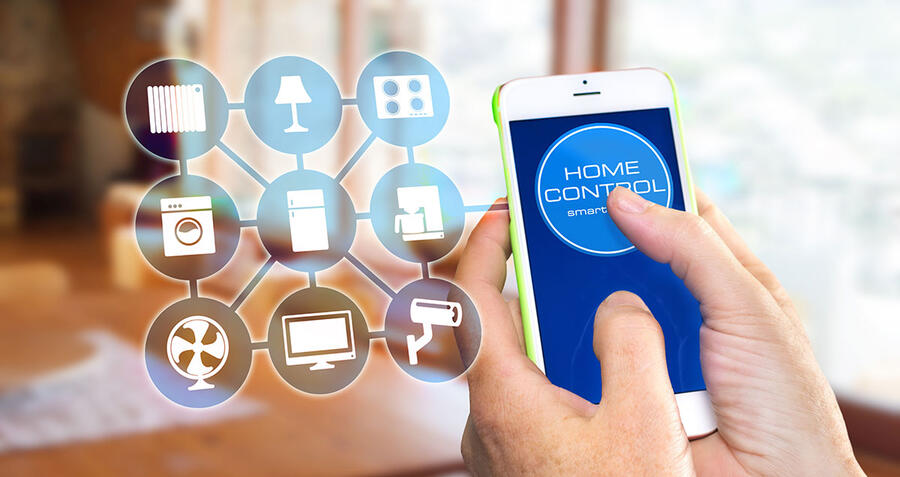You’ve probably heard how the Internet of Things (IoT) will allow your fridge to order milk when you’re running low. But beyond that, it’s probably little more than a far-off concept for many of us right now. Yet in the not-too-distant future, the IoT promises to change the way we live by increasing efficiency and cutting costs.
What is IoT?
At its most basic, the IoT connects devices with internet capability. These devices could be in the home, such as security systems, stereos, washing machines and air conditioning. Or they could be in the workplace, linking devices such as photocopiers, printers, lighting, wearables and even cars.
Connecting devices lets them “talk” to each other, or in other words, to share data. This data can then be analysed to predict problems, provide insights, and reduce waste.
How it works
While it may seem a bit far-fetched, this is how the IoT could work during a normal working day.
Imagine your alarm clock wakes you at 6am and alerts your coffee machine to brew you a fresh cup of coffee. The fridge lets you know that you are low on milk and adds it to your online shopping list. Your phone calendar alerts you to your next appointment, and the car has already mapped the best route.
At work, your wearable technology has already let you and your colleagues know your most productive times so meetings can be scheduled when you’re not only free, but feel at your best. Supplies of office equipment and items for vending machines are reordered automatically and factory machinery sends reminders to management about upcoming maintenance requirements. While you’re at work, you schedule the washer and dryer at home to make use of free power from your solar panels during the day and, if it’s winter, have the heater come on in time for your return.
Local take-up
Adoption of IoT is in its infancy in Australia, but it’s rapidly gathering pace around the world as people and organisations invest more heavily in hardware, software, services and connectivity. IT research firm IDC predicts worldwide spending on the IoT will reach almost $US1.4 trillion ($1.75 trillion) by 2021, up from $800 million this year.
The chief executive of IoT Alliance Australia, Frank Zeichner, says the potential of IoT is unparalleled. “I try and explain it as imagining the translation of the physical world into the digital world for everything including air quality or temperature, and then using that awareness of information to drive a change in either efficiency, business model or capability,” he says.
“I think of the IoT as getting the data you need, applying intelligence from it and then, in industrial applications, feeding it back to drive automation and change.”
Energy savings
The IoT offers massive potential for electricity management. With smart energy-management systems, businesses can avoid peak prices by automatically incorporating power rates into machine work schedules. With sensor systems connecting lights and thermostats, companies can save money by not lighting or climate-controlling spaces when they’re not in use. They can tell cleaners not to bother with rooms that haven’t been used, and analyse motion data to discover how space is being utilised and whether it is really needed.
The same connectivity at home could help reduce domestic electricity bills. IoT’s reach means people can manage other systems such as security and entertainment remotely from their tablets.
Zeichner predicts the IoT will make an impact in homes and workplaces in 2019, if not sooner. “There are people using IoT concepts and services now,” he says. “But the mass use of it requires confidence in models that work and an ability to conduct trialling and learning beforehand.”
Now there’s something to think about the next time you open the fridge and there’s no milk!




